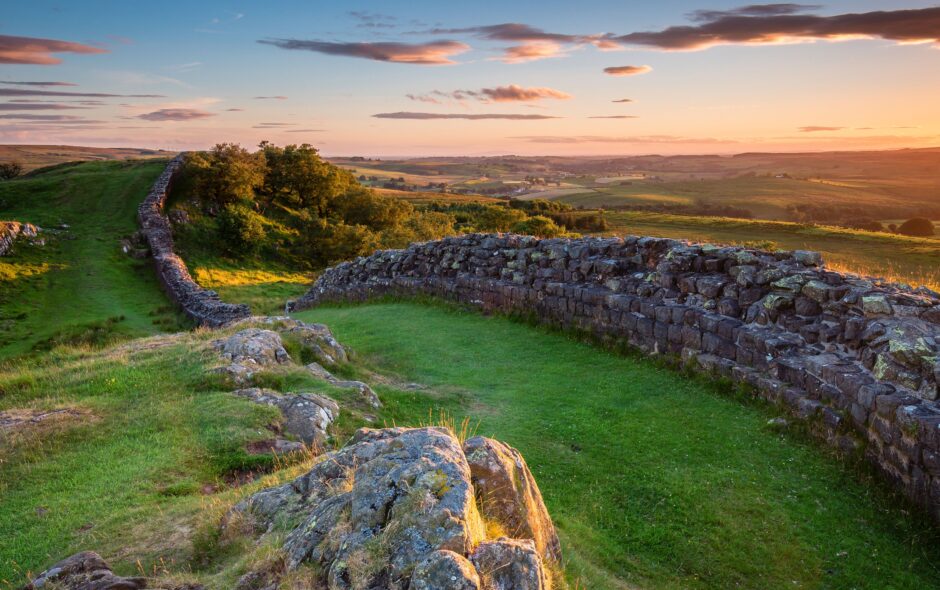An area that I’ve noticed that many Heathens and pagans struggle with is knowing what physical spaces, practices, and rituals are “sacred” and which are not. At one extreme, you have poor spiritual hygiene where nothing is truly treated as sacred – – altars, offerings, and rituals exist in common daily spaces with no liminality or delineation; where cats and other household pets trounce about, and objects like idols are more IKEA room decor rather than reverent representations of our gods.
Inversely, there is an inclination to romanticize the Heathen ancestor and make everything sacred – – believing that the Heathen could not separate religious practice and space from mundane practice and space. That the Heathen somehow walked in a world where every tree, rock, puddle, and shrub possesses spirituality. A sort of “Magic Native American” trope approach to animism that simply wasn’t the case. The truth is, like with everything, the answer is somewhere in the middle.
Sacred & Profane Defined
For this section, I will be heavily pulling on Mircea Eliade’s “The Sacred and The Profane: The Nature of Religion”, so instead of repeatedly citing it I will just include the page number. First, it is necessary to define “sacred” and “profane” for the purposes of this exercise. Profane can be defined as that which is lacking sacrality; it is that which has not revealed itself to be sacred (pg. 9).
Eliade defines sacred as “the opposite of the profane” (pg. 10) where it is revealed via hierophany (pg. 11). That is to say, something “sacred” shows itself to us as “the manifestation of something of a wholly different order that does not belong to our world, in objects that are an integral part of our natural ‘profane’ world” (pg. 11). That a specific tree is sacred because it is filled with being and power and thus is venerated because it is a hierophany transmuted into a supernatural reality. He goes on to say that “for those who have a religious experience all nature is capable of revealing itself as cosmic sacrality” (pg. 12). The important operator here is capable – – not everything in the natural world possesses sacrality, but has the potential to have sacrality revealed in it through hierophany.
The primitive man sought to live in close proximity to consecrated objects and places as sacrality is equivalent to power: the religious man deeply desired to be, to participate in reality, and to be saturated with power (pg. 13). Lastly in this introduction, Eliade points out that the modern man lives in a desacralized world, where “changes in spiritual attitudes and behavior… has desacralized his world and assumed a profane existence” (pg. 13) which fits with the previous entry’s assertions that the transcendental zeitgeist of Christianity replaced the Heathen’s “world of wonder” with magicless stagnation.
Historically Heathen: Sacred Spaces
“Space” is not homogenous, as there are parts of space that are qualitatively different and delineated. Sacred space is a strong, significant space while ‘other spaces’ are not sacred and therefore are without structure or consistency” (pg. 20). Where the sacred manifests in space, the real unveils itself and the world comes into existence; thus “orientation” in the world becomes possible (pg. 63). There are countless instances where the Heathen ancestor designated specific spaces as sacred, which is by necessity – – if everything is “sacred”, then nothing would be sacred and the Heathen would have been unable to orientate himself in his world.
Irminsul the great sacred column depicting the cosmic world pillar tree that was destroyed by Charlemagne ( Encyclopedia of Norse and Germanic Folklore, Mythology and Magic, Lecouteux, Pg. 156), the temple and sacred grove at Upsala described by Adam of Bremen (The Sacrificial Festival at Uppsala: A Comparative Perspective, Hultgard pg. 601), and being commonly cited renowned examples.
But more locally there were also the heargs of Anglo-Saxon, sacred temples and sites of ritual in pre-Christian Britain (Early Medieval Europe Vol. 15:4, Semple pg. 383), stacked stones used throughout Northern Europe as altars, idols, and places for swearing oaths as attested in ecclesiastical documents and sagas/poetry (Lecouteux, 264), and specific islands, mountains, wells, and other human-made sacred structures that “are treated as outstanding because of some strong connection to the sacred sphere.” (Making the Profane Sacred in the Viking Age, Losquinoet al, pg. 48-49)
Consecration by Fire and Smoke
While some sacred spaces are revealed through hierophany, others are consecrated by practitioners; which is to organize space by repeating the “paradigmatic work of the gods” (pg. 32). This is achieved through repetitive ritual praxis in a delineated space. The example Mircea gives is of the sacred pole of the Arunta tribe, which is anointed in blood (consecrated) and becomes ritually important as they carry it with them; being the connection between “their world” and their god in the sky (pg. 33-34). He also cites the Saxon Irminsul of Eresburg mentioned earlier, as “the pillar of the universe, as it were, supports all things” (pg. 35).
Modern pagan practitioners tend to be squeamish about blood and animal sacrifice, but there are plenty of attestations to the use of fire and incense for purification and consecration. This can be achieved through the use of candles, which are a mainstay of religious ritual with the burning flame being associated with “qualities such as purity, hope, protection, and renewal” (Positive Aspects of Fire: Fire in Ritual and Religion, Winder, pg. 13). Another practice, borrowed from Scottish folk tradition is “saining” where smoke is used for purification. The traditional practice consists of burning juniper, and bathing the household in the smoke accompanied by ritualized recitation of poetry and prayers (The Gaelic Otherworld, Black, pg 136-7).
Conclusions: Finding the Center
To conclude this section, the delineation between the sacred and profane, whether revealed through hierophany or consecrated through ritual, is important to heathen practice. Having space set apart from the every day helps orient the heathen spiritually, and provides a “center” to our world. The sacred groves, bogs, stacked stones, and pillars provided space for the heathen ancestor to commune with their gods and spirits of the land, and the modern heathen can seek those same transcendent experiences whether through our home altars or experiencing historical destinations.


